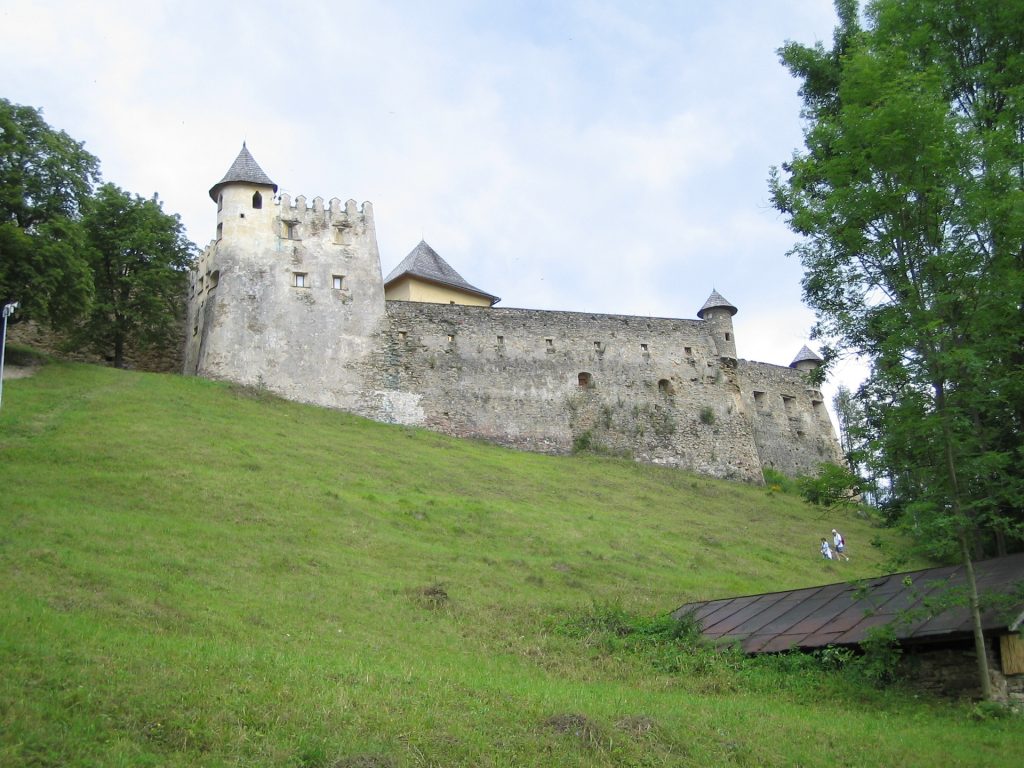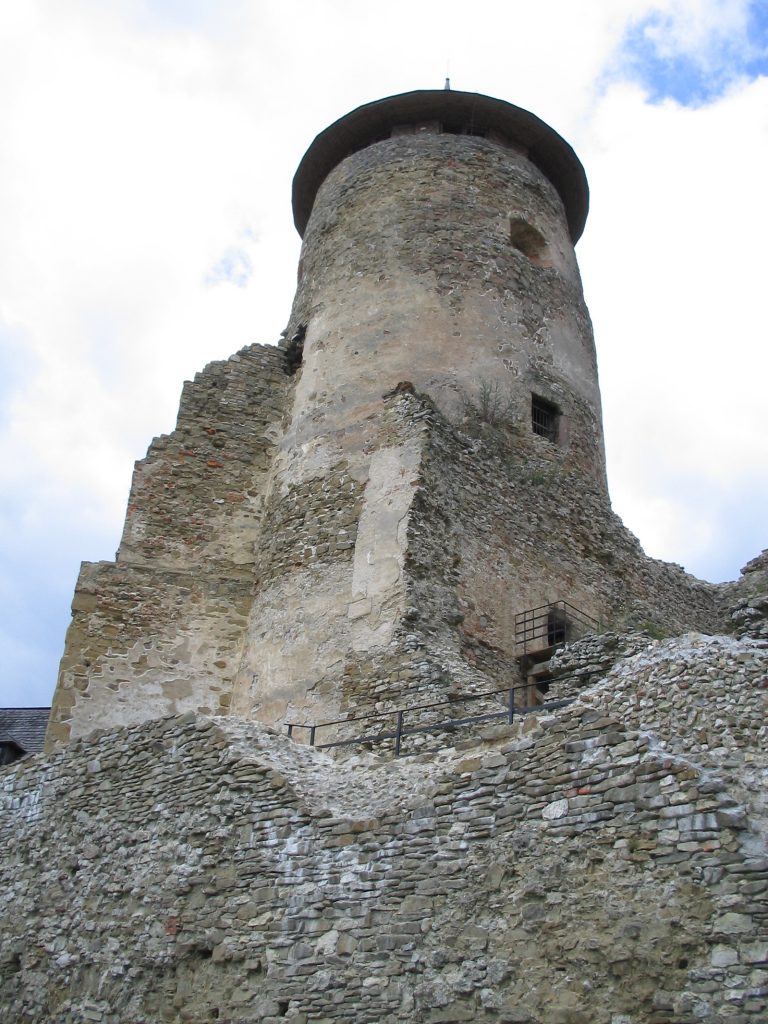Ľubovňa Castle
Stará Ľubovňa
On a limestone cliff 711 m high above the town Stará Ľubovňa stands Ľubovňa Castle. In the past, rulers met here and it is also a place where the Polish crown jewels were hidden and where the King of Madagascar, Móric Beňovský was imprisoned.
Ľubovňa Castle was built at the turn of the 13th and 14 century. In addition to protecting the former Polish-Hungarian border, his task was to provide an important trade route to Poland. The castle was promised by the King of Poland and became the seat of Polish mayors.

Through reconstruction, which was carried out after a great fire in 1553, the castle Ľubovňa acquired a more modern form of Renaissance fortress. After the return of Spiš towns under the Hungarian rule, the castle’s powers diminished and the castle itself fell into disrepair. Later it was successfully reconstructed and the castle museum started to work.
In 1991, the castle chapel was rebuilt and re-consecrated. Regular masses are held in the church today.
Tours
You can take a tour of the expositions of the Ľubovňa Castle with a guide or through accompanying texts in 9 language versions.
In 2010, the Ľubovňa Museum produced trusted copies of Polish coronation jewels for exhibition purposes.
The oldest part of the castle is a circular tower with massive supporting pillars and an adjacent Gothic palace. Both originally fortified buildings, standing on the highest point of the wall, were enclosed by a perimeter wall and the building was entered through the gate in the wall.
